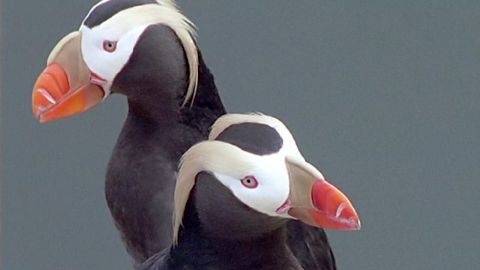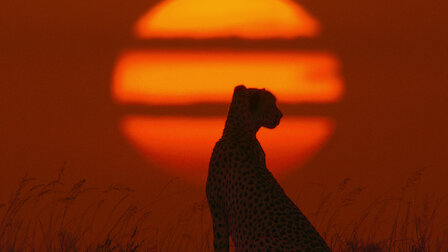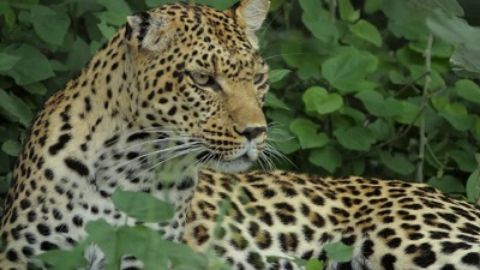You might also like
In this Short Documentary, Geologists in New Zealand created a stir earlier this year when they declared their discovery of the eighth continent of the world. Learn how was it formed and how something so massive could remain undetected until now.
3 • Science Breakthroughs • 2017 • Nature
David Attenborough narrates a natural history of the oceans, examining how animals from in and around the sea use the constantly changing coastal areas.
S1E8 • Blue Planet I • 2001 • Nature
A close-up view of sex, bug-style, as David Attenborough talks viewers through the different ways in which creepy-crawlies reproduce. Size matters for the minuscule male orb spider, creepily sneaking up on its intended and trying to mate without her noticing, while there's no rest for the lothario-like butterfly, which has plenty of notches on its proverbial bedpost. However, the harvestman spider has no use for sex at all, and reproduces by cloning itself.
4 • Micro Monsters with David Attenborough • 2013 • Nature
Our planet was once populated by megafauna, big top-of-the-food-chain predators that played their part in balancing our ecosystems. When those megafauna disappear, the result is a "trophic cascade," where every part of the ecosystem reacts to the loss. How can we stay in balance? George Monbiot suggests rewilding: putting wolves, lions and other predators back on top -- with surprising results.
A penetrating look at the sun as a vital source of energy and its impact on one cheetah’s search for food in the sprawling plains of the Serengeti.
S1E1 • Our Universe • 2022 • Nature
As the flood waters retreat, Dikeledi readies her cubs for escape through enemy territory.
S3E4 • Savage Kingdom • 2019 • Nature





